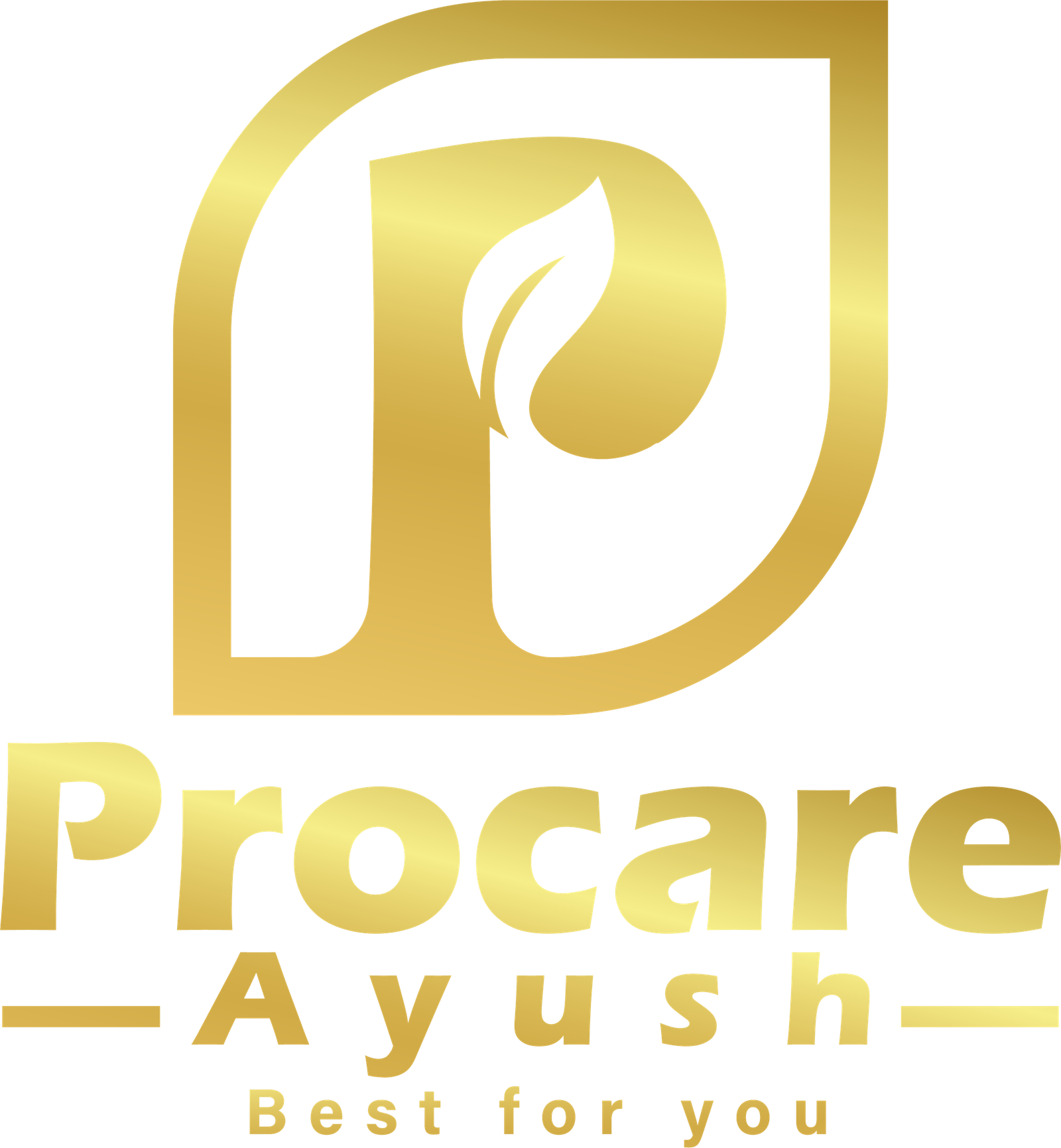Panchakarma
Understanding the Healing Power of Panchakarma in Ayurveda
In today’s fast-paced world, stress, pollution, and unhealthy lifestyle choices often take a toll on our physical and mental well-being. As a result, many individuals seek holistic approaches to rejuvenate and revitalize their bodies and minds. One such ancient healing tradition that has gained widespread recognition for its profound therapeutic benefits is Panchakarma in Ayurveda.
Panchakarma, which translates to “five actions” in Sanskrit, is a comprehensive detoxification and rejuvenation therapy that has been practiced for thousands of years in India. Rooted in the principles of Ayurveda, Panchakarma aims to balance the doshas (Vata, Pitta, and Kapha), remove toxins (ama) from the body, and restore harmony to the individual’s physiological and psychological functions.
At the heart of Panchakarma lies the belief that the accumulation of toxins in the body leads to various ailments and imbalances. These toxins can originate from poor dietary habits, environmental pollutants, stress, and other factors. Panchakarma offers a systematic approach to eliminate these toxins and promote holistic healing.
The fivefold process of Panchakarma includes:
Vamana (Therapeutic Vomiting)
Vamana, one of the five cleansing procedures known as Panchakarma in Ayurveda, is a therapeutic process of controlled vomiting aimed at eliminating excess Kapha dosha from the body. This ancient detoxification technique is typically administered under the guidance of an experienced Ayurvedic practitioner and is recommended for individuals with conditions characterized by an accumulation of Kapha, such as asthma, bronchitis, allergies, and certain skin disorders. During the Vamana procedure, the patient undergoes a preparatory phase involving internal oleation and external fomentation to loosen toxins and promote their expulsion. Subsequently, specific herbs and medicines are administered to induce vomiting, allowing the body to release accumulated mucus, toxins, and impurities from the upper respiratory tract and digestive system.
Virechana (Purgation Therapy)
Virechana, also known as purgation therapy, is a cornerstone of the Panchakarma system in Ayurveda, aimed at detoxifying the body and restoring balance to the doshas. This cleansing procedure involves the therapeutic use of purgative substances to eliminate accumulated toxins, excess Pitta dosha, and other impurities from the gastrointestinal tract. Typically conducted under the guidance of an Ayurvedic practitioner, Virechana is tailored to an individual’s constitution and health condition, ensuring a safe and effective purification process.
Basti (Enema Therapy)
Basti, often referred to as Enema Therapy, is a cornerstone of the Panchakarma detoxification process in Ayurveda. It involves the gentle introduction of herbal oils, decoctions, or medicated substances into the rectum to cleanse and rejuvenate the colon and lower intestines. This therapeutic procedure aims to eliminate accumulated toxins (ama) and excess doshas from the body, thereby restoring balance and promoting overall well-being. Basti is particularly beneficial for conditions related to Vata dosha imbalance, such as constipation, bloating, gas, and neurological disorders. It not only cleanses the gastrointestinal tract but also nourishes and strengthens the tissues, supporting optimal digestive function and enhancing the body’s natural detoxification mechanisms.
Nasya (Nasal Administration)
Nasya, an integral component of the Panchakarma therapy in Ayurveda, involves the administration of medicated oils or herbal preparations into the nasal passages. This ancient practice is believed to cleanse and rejuvenate the head and neck region, including the sinuses, nasal passages, throat, and head. Nasya is based on the principle that the nasal cavity is a gateway to the brain and nervous system, making it an effective method for delivering therapeutic substances directly to these vital areas of the body.
Raktamokshana (Bloodletting Therapy)
Raktamokshana, or bloodletting therapy, is a specialized procedure within the Panchakarma system of Ayurveda aimed at purifying the blood and balancing the doshas. This ancient therapeutic practice involves the controlled removal of a small amount of blood from specific sites on the body using various techniques such as venipuncture, leech therapy (jalaukavacharana), or surgical methods. According to Ayurvedic principles, excesses or impurities in the blood can contribute to various diseases and imbalances in the body. Raktamokshana is believed to promote detoxification, improve circulation, and alleviate conditions related to vitiated blood, such as skin disorders, inflammation, and certain metabolic disorders.







